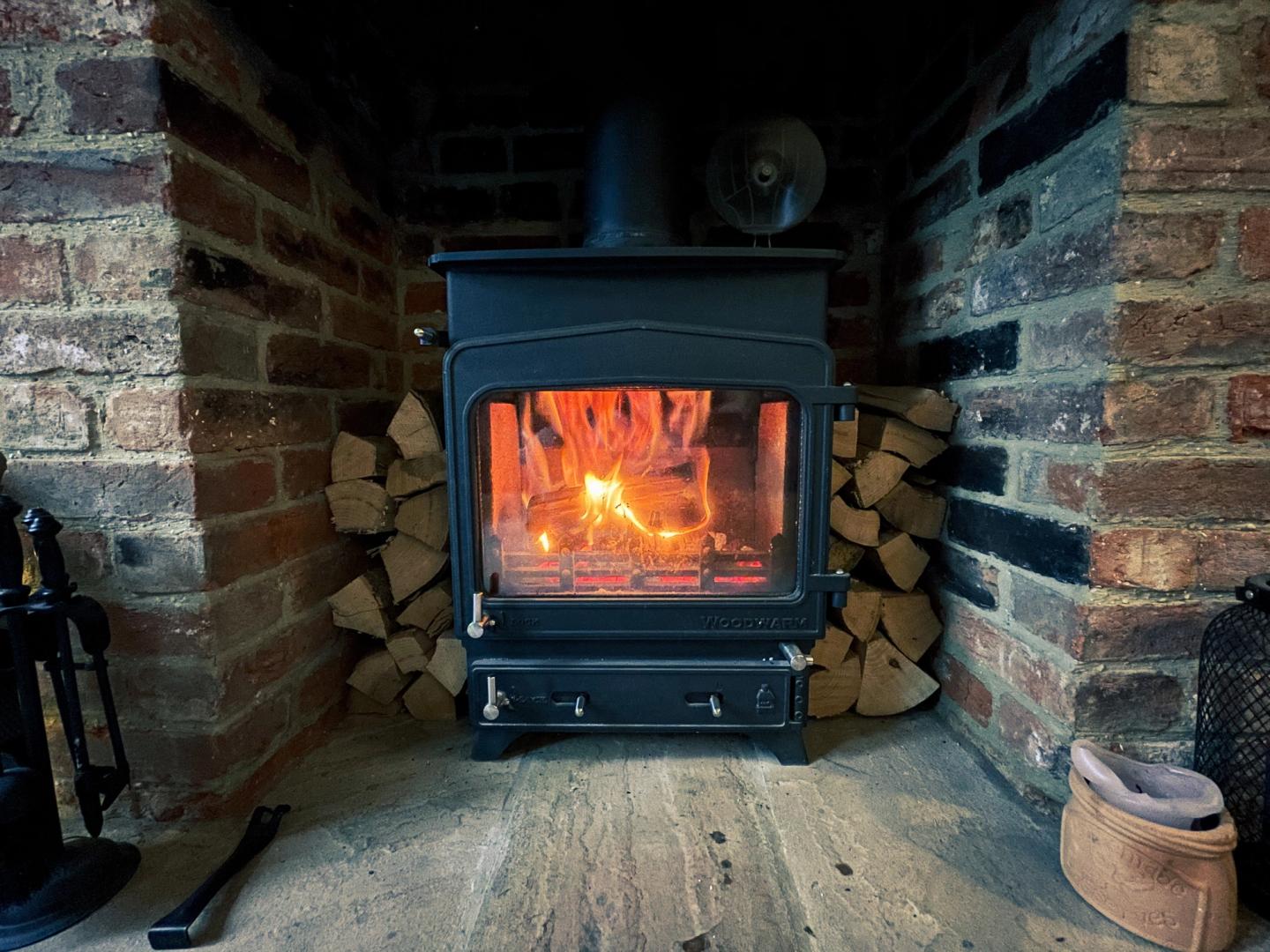What is Carbon Monoxide?
Sometimes referred to as the 'silent killer', carbon monoxide is an invisible, odourless gas that can creep into your living spaces without warning and pose serious health hazards. Common household appliances that burn gas, coal, oil, or wood, including heaters, stove fires, and boilers, can produce carbon monoxide and if unsafe levels are accidentally released it can have dangerous consequences and poison your blood with symptoms such as dizziness, shortness of breath, nausea, and headaches.
It is simple to safeguard your home by installing a carbon monoxide detector, a device that acts like an alarm and emits a loud beeping noise if unsafe levels of the gas are detected. If you have gas, coal, oil, or wood burning appliances at home and are now wondering where should carbon monoxide detectors be placed, here are some tips on where to place them.
Best Places to Install a Carbon Monoxide Detector
Contrary to popular belief, carbon monoxide doesn't necessarily rise to the ceiling like smoke; it mixes with the air. So although it is best to fit them high up to keep them out of the reach of children and pets, carbon monoxide detectors should not be too close to the ceiling. You should also install detectors at least 1.5 metres off the ground. Make sure the monitor is not blocked by any obstructions like furniture as there needs to be a good airflow so the gas can easily be detected.
In the Same Room as Fuel-Burning Appliances
It's not recommended to install carbon monoxide detectors directly above or too close to a stove, fireplace, or other fuel-burning appliance as it could lead to false alarms, however it's a good idea to place them in the same room to ensure unsafe levels are easily detected.
Near Bedrooms
To ensure you can hear the alarm no matter the time of day or night, you should install a detector near bedrooms to give you enough time to react on hearing the alarm sound.
On Every Level
Ideally a monitor should be placed on each level of your home if you live in a multi-storey building, including in the basement. This way you will be most protected should a leak occur from wherever it is coming from.

How do I Check my Carbon Monoxide Detector?
Most detectors come with a highly visible “test” button which should be used according to the instructions that come with the device, so ensure to keep them somewhere safe. You should test the monitor at least once a month however best practice is weekly; you could introduce Carbon Monoxide Mondays as part of your weekly routine!
Be sure to check the packaging to see how often the detector needs replacing. Some offer long warranties such as 5, 7, or even 10 years. Look for detectors that offer sealed-battery units where the whole device needs replacing.
What Should I Do if the Carbon Monoxide Detector Sounds?
If you hear the alarm from your detector you should stay calm and exit your property as quickly as possible. If you are passing a fuel-burning appliance that is switched on you should turn it off, and open any windows and doors if you are able to do so. Your main priority is to leave the building.
If you or someone in the property has fallen ill with suspected carbon monoxide poisoning, leave as quickly as possible and call 999. If you are not showing any symptoms, call the National Gas Emergency Helpline on 0800 111999 who will take your details in order to send an emergency gas engineer. You should not re-enter the property until you are told it is safe to do so.
Types of Carbon Monoxide Detectors
The most common CO detectors are standalone units that are non-wired, battery operated devices that can be placed on a flat surface anywhere in the home, such as a shelf. These monitors are useful as they are portable so could also be used on caravans or boats. Another type of monitor is a combined smoke and CO detector. These need to be placed differently in your home but can detect unsafe levels of both smoke and CO.






















































